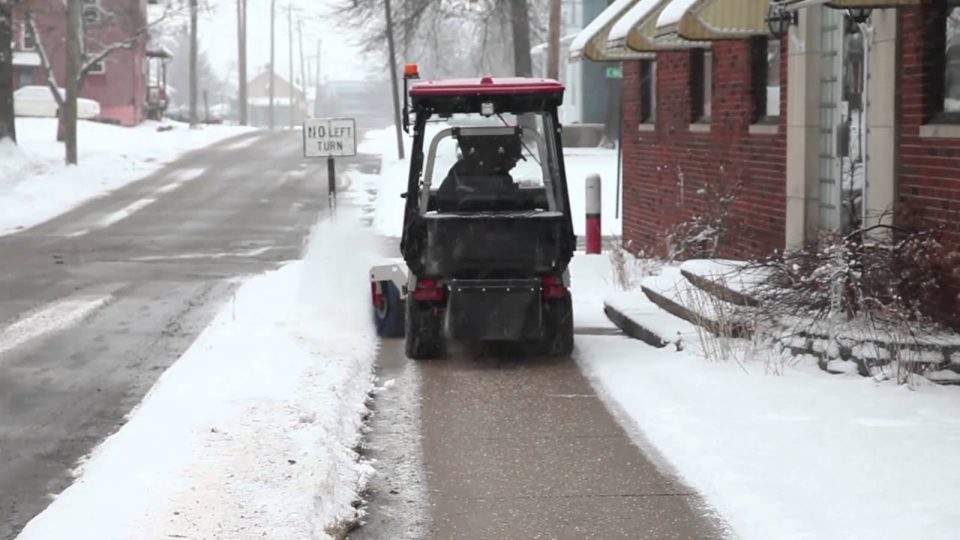As a general rule, you are not required to clear snow from the sidewalk in front of your business. Snow and ice removal from the sidewalk may be subject to regulations that vary depending on the municipality.
To this effect, residents may be required to clear snow from the sidewalk in front of their homes and to take other measures in the event of earth development. Moreover, even in the opposite case, it is recommended to clear snow from the sidewalk leading to your business, especially if it is borrowed.
However, as the owner, you are responsible for ensuring the safety of users of private sidewalks located on your commercial property. If you wish to know the extent of your responsibility, you can inquire with the competent authorities, such as your municipal or borough office.
Also, you can contact your insurer, but it is already obvious that the maintenance of a sidewalk on a private road is the responsibility of the owner of said road.
What Are The Effective Measures For Snow Removal From Sidewalks?
- Use a metal icebreaker if needed
- Do not wait for the snow to accumulate, shovel at the end of the fall to limit the loads for each operation
- Do not wait for the first fall to equip yourself for snow and ice removal, because distributors can quickly find themselves out of stock
- In the event of an accident, immediately inform your insurer in writing, especially if you believe you have done everything necessary to minimize the risks. An investigation initiated quickly can determine the exact circumstances of the accident, which could allow to exonerate you in the event of a lawsuit.
The Locality’s Share Of Responsibility For Snow And Ice Removal From Sidewalks
Snow removal is a task for which everyone is responsible. As a citizen of a social democracy whose territory stretches to the edge of the Arctic Circle, no one can escape it. Fortunately, thanks to taxes levied on the value of our properties, cities can carry out snow removal operations to take on this task on public roads, and thus, free up more than one between us on the executive side of this tedious chore.
These operations consist of the clearing and removal phases; this last step also being associated with the elimination phase. In concrete terms, these operations help to allow users of public roads, including vehicles and pedestrians, to circulate in the safest possible way, despite the risks inherent in the winter season.

